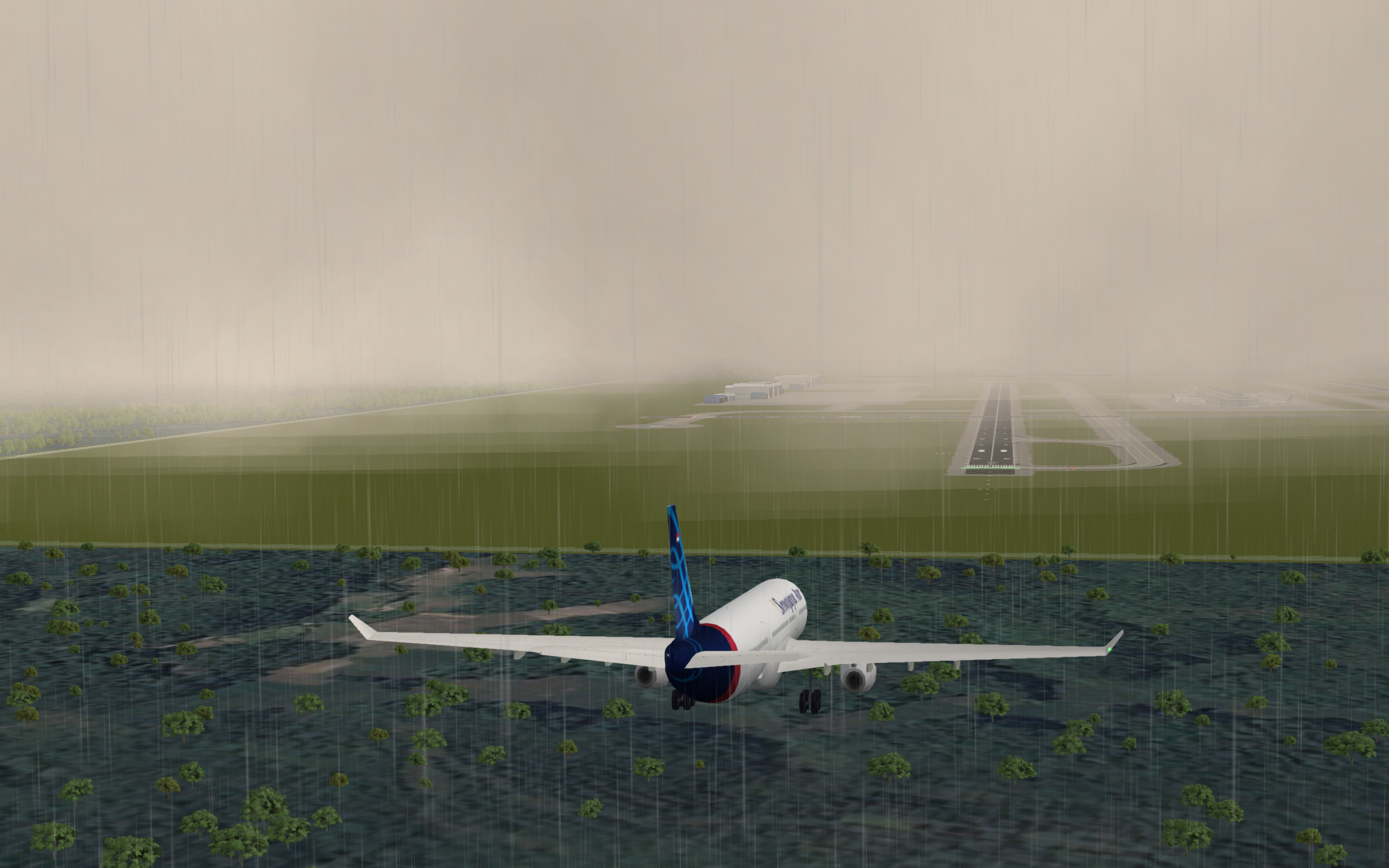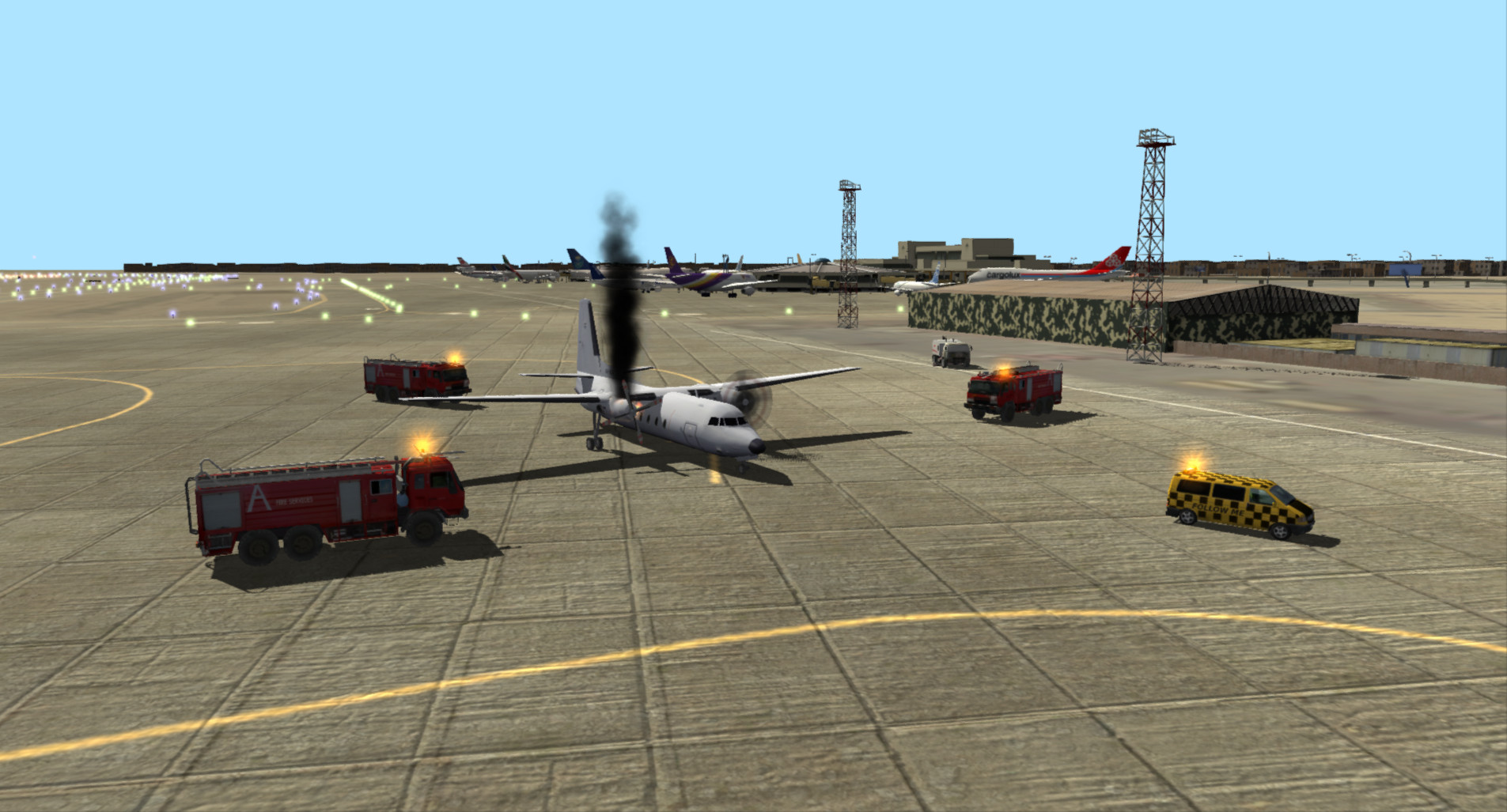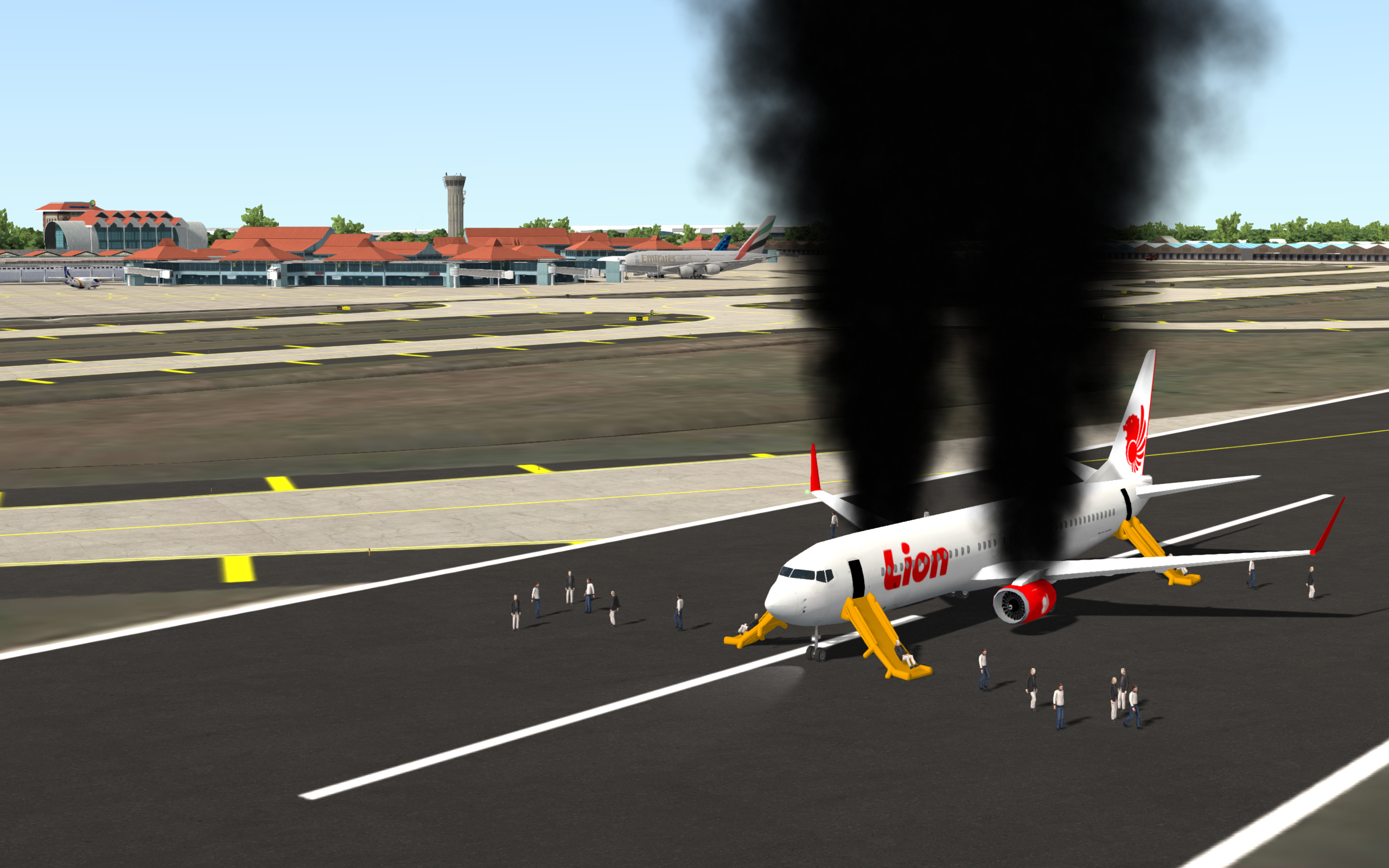Tragic accidents keep on happening with intensifying air traffic. Although we might never bring the risk down to zero, there are ways to minimize it and in the unfortunate case of an accident to have emergency protocols in place that will limit the damage.
When in 2002 the Überlingen mid-air collision happened between the Bashkirian Airlines Flight 2937 and DHL Flight 611, an acquaintance of mine from a neighboring FIR saw the accident coming. He tried to reach the ANSP in charge to prevent the unavoidable, but he was unable to reach them. Horrified, he witnessed a catastrophe which costed the life of 69 people, among them many children. We all know it destroyed the future of many more. Parents, families, friends.
A court later found that the accident was caused by a combination of several circumstances. There were conflicting orders between TCAS and Air Traffic Control, an understaffed control center and certainly technology which was not up to the level of today.
With regard to the tragic accident of the Pakistan International Airline Flight 8303 on 22 May 2020, it is most likely the interplay of technical errors and human decisions which leads to catastrophes.
How can we prevent them?
Looking at the Reasons for Accidents
Let us first look at the parameters, which individually or in combination may lead to accidents:
- Malfunction in the aircraft (e.g., technical deficiencies or the consequencse of an act of sabotage)
- Pilot failure or missing reaction either due to a human error or to force (e.g., health reasons or hijacking)
- Malfunction in the systems of air traffic control (e.g., radars or navigation systems have technical failures or are wrongly calibrated, or the IT system has been maliciously hacked)
- Human error on the Air Traffic Control side (ATCO and / or ATSEP)
SkyRadar suggests a Blend of Solutions for Air Traffic Control to prevent accidents and to react in the unfortunate case
We in air traffic control have to live with the technical situation in the aircraft. It is simply out of our control. But we can "manage it", guide the pilot to make the best out of a dangerous situation. And we have full control over our own technical infrastructure and human behavior.
We need to separate between the time before a potential accident (pre-accident) and after an accident (post-accident). And we should look at three groups of people:
- ATCO - The Air Traffic Controller
- ATSEP - Air Traffic Safety Electronics Personnel
- AVSEC - Aviation Security Personnel
And we require the different skill sets:
- Technical Skills - to operate, interpret or depending on the job profile service and repair the technical infrastructure
- Procedural Skills to properly operate the standards and routines, prescribed by ICAO, the national aviation regulation etc
- Personnel skills to properly manage stress in difficult situations and interpersonal skills to operate as a team and communicate with all people involved (pilots, fire-fighters, etc).
In the infographic we ignore the normal operations, where ATSEPs make sure that all ground systems are up and running. We rather look at the cases where things do not work properly.
The pre-accident phase's goal must be to avoid accidents inspite of abnormalities and looming danger.
The post-accident phase's goal must be to avoid / limit casualties and fatalities, but also to make the remaining air traffic continue as smooth and as safe as possible.
SkyRadar's Training Suites are optimized for emergency training
 ATCO, ATSEP, firefighters, ambulance, police, and many others need to be trained for pre- and post accident situations to make sure that emergency will be handled safely and without avoidable casualties or even fatalities.
ATCO, ATSEP, firefighters, ambulance, police, and many others need to be trained for pre- and post accident situations to make sure that emergency will be handled safely and without avoidable casualties or even fatalities.
It will be bad when steps to take are not internalized and readily available when needed.
They need to be trained in such a way that in an emergency situation they are processed instinctively, like riding a bike.
Theoretical comprehension will not be enough. The "application level" of that skill needs to be part of the professionals subconsciousness.
We provide 3 training systems to make this possible:
- Training Radars and Navigation Aid Simulators
- ATC and Aerodrome Simulators
- Rescue and Fire-Fighting Training Systems
Training Radars and Simulators for Navigation Aids
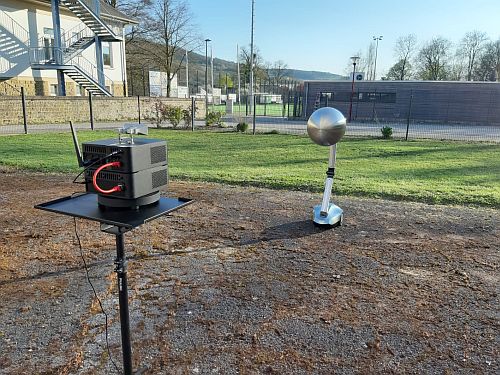
SkyRadar develops special training radars for ATCO and for ATSEP.
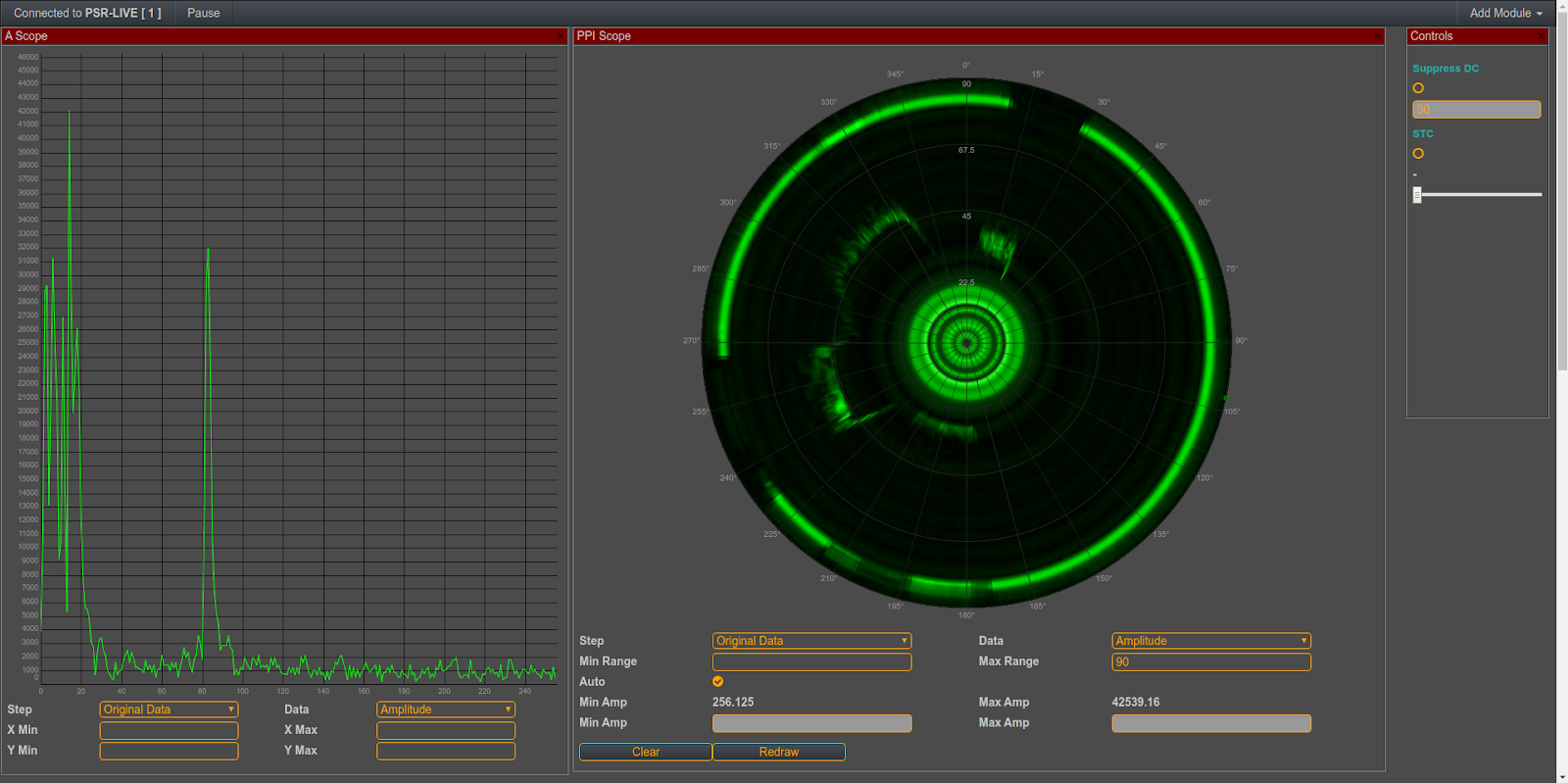
ATCO learn to understand primary and secondary surveillance radars including TCAS, as well as NavAids like ILS, DME or VOR. They shall be able to interpret data, even when parts of the system are malfunctioning or compromised.
For instance in cases where secondary surveillance is down, ATCO need to be able to work solely with primary radars. When ILS is down, they need to be able to support aircraft in a safe landing.
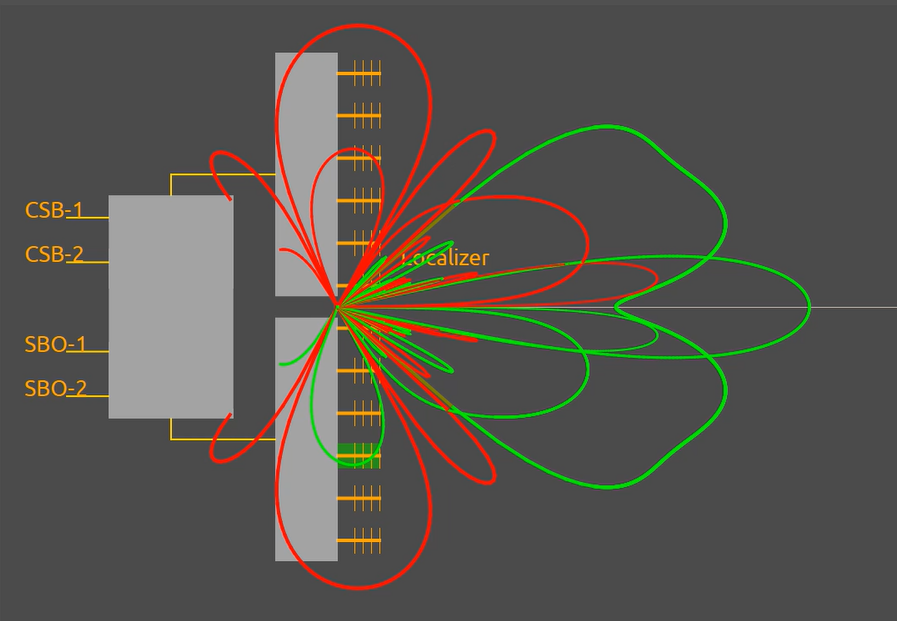
ATSEP learn to understand the functioning and servicing of these radars. When a system is erratic, they must be able to find the cause, based on the symptoms (e.g. the changed antenna field).
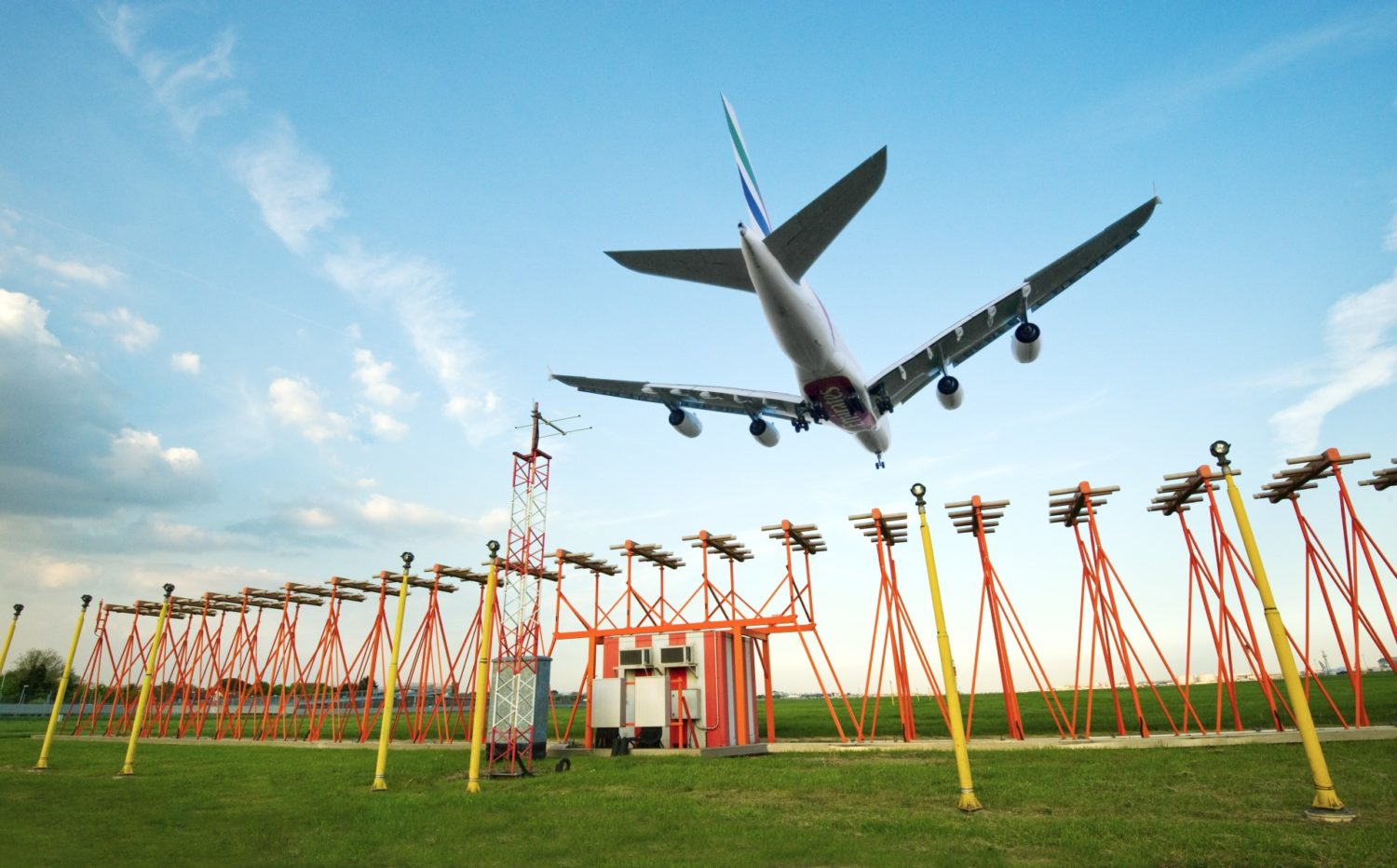
ATC and Aerodrome Simulators
The simulator suite it is actually a fully operational tower system with a subsequent simulator, replacing the inputs of sensors, radio etc.
Our team has the ︎EUROPEAN CAA certification for Aviation Ground Facilities design, development and implementation. User interfaces and architecture can be adapted on the local ATC environment. It can be used for "close to" on sight training, including real life data from the site fed it.
The simulator contains set of standard equipment which allow to describe and explain components of the ATC / ATM work environment and their functionality, for the technical personnel as per EUROCONTROL requirements, including normal as well as abnormal situations. 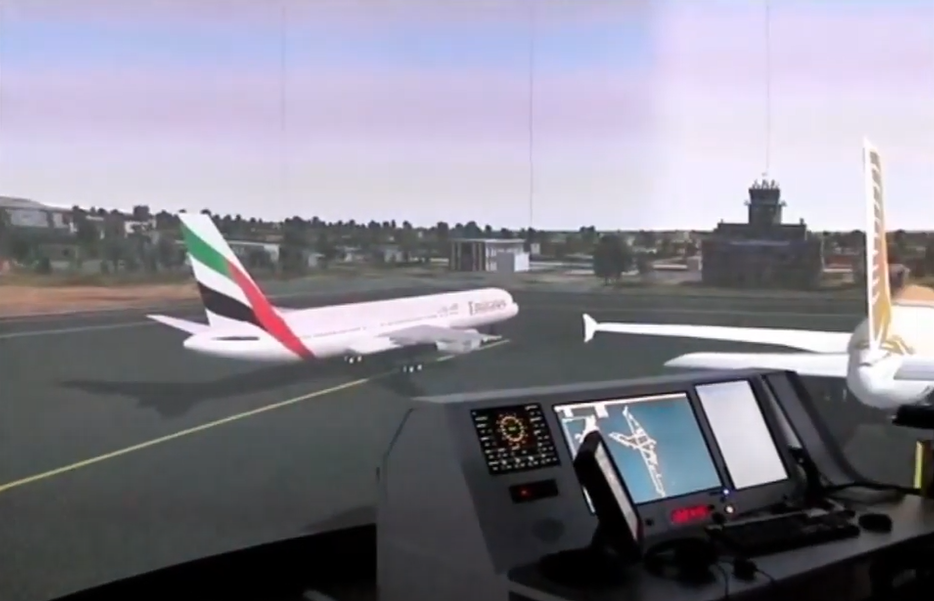
ATCO and ATSEP can learn their job-profile specific technical and procedural skills concerning surveillance or Air Traffic as such in the air and on the ground, Aeronautical Information Services, AIP, impact on the traffic, communication, navigation, operational safety, escalation and emergency routines.
A fully operational systems connected to "pseudo-pilots" allows to train inter-personal skills and emergency procedures. Simulated aircraft follow the commands of the pseudo-pilots. Even degraded modes, failures and accidents can be trained.
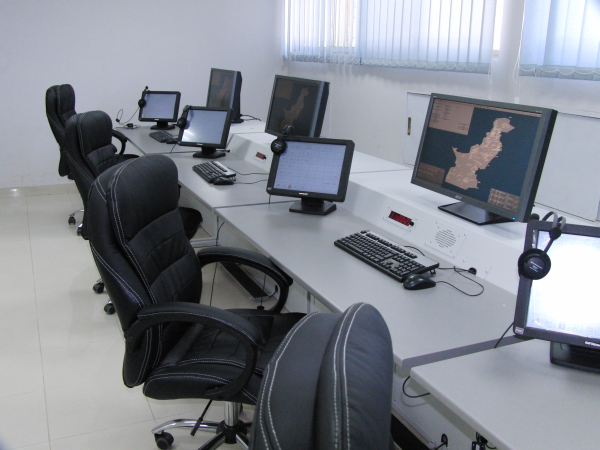
Even in the pre-accident phase, communication and coordination with rescue teams might be necessary, once an accident is anticipated. Rescue teams should be involved into regular training phases across teams and job profiles.
The simulator can be connected with the above described training radars, as well with the rescue and firefighting training equipment which we described below.
Rescue and Fire-Fighting Training Systems
German security standards are the basis for this training aircraft for firefighters. All fires are PLC and SCADA controlled. Various fire sources can be provided i.e. turbines (various versions), oil spill, wheel, cockpit, cabin etc. The system can be connected to the ATC and Aerodrome simulators.
The systems are compliant to
- international fire training facility standards (safety focus)
- NFPA 1402
- DIN 14097
- NFPA 1402
- ICAO's and EASA's training and rescue procedures.
The systems comprise European safety PLCs, CAN-based safety bus emergency stop, gas leakage and temperature surveillance. All fire scenarios are relocatable within the system.
SkyRadar can provide specific aircraft types in the required scale including Boeing and Airbus passenger planes or helicopters.
Let us discuss an integrated and modular training environment
Rarely there are green field situations with no training equipment at all. ATC academies need to assess their existing equipment, their needs and their objectives.
- Existing equipment, if not unsafe, should be included into a future solution.
- It is our vocation to support the academies already during their conceptional phase.
- We can supply a complete system in a modular way, include what is already there, and integrate it all into a seamless and exhaustive solution.
- This can be done step by step, based on the budgetary situation.
But: We should not bury our heads in the sand and pretend that these risks do not exist. The next critical situation will happen sooner or later. And it will be ATC's task to master it. Let us be prepared.


